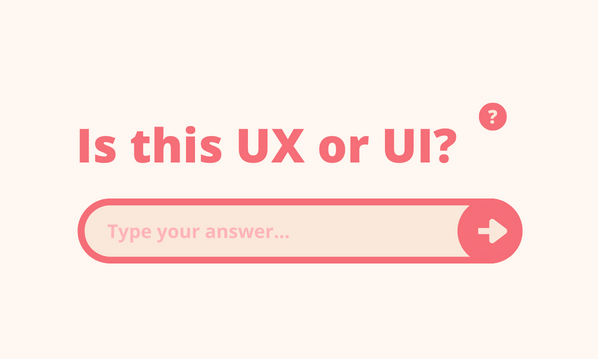
Domain name endings, technically known as top level domains (TLDs), are the letters which appear to the right of the last dot in a website address – such as .com, .uk and .info.
TLDs have developed considerably since the early days of the internet, and continue to do so.
Permissible TLDs are decided by the Internet Corporation for Assigned Names and Numbers (ICANN).
What are the new domain name endings?
In mid-2011 ICANN announced that it would consider allowing almost any string of characters to be used as a generic TLD, providing it wasn’t already taken.
The system will come into effect from 2013, and enables any organisation to apply to run their own TLD.
Should I apply?
Applying to run a TLD is not the same as registering to use an existing TLD. You would be responsible for administering and maintaining the TLD, in agreement with ICANN.
Other businesses and bodies would then be able to register with you to use your TLD.
As well as needing technical skill, there are substantial costs involved, both for the application and for running the registry business.
You could successfully make back your costs, and more, through other businesses registering to using your TLD – but you’d still need a large amount of capital to get started, with no guarantee of return.
As a result it’s a huge business decision to take, and likely to only be an option for larger corporations looking to protect their branding.
How else might it affect my business?
Although you may not be able to afford your own TLD, you should still pay attention to the TLDs that other people apply for.
During the application process you’ll have an opportunity to object to any applications that infringe your business’ legal rights – this is currently due to take place in the first half of 2012.





